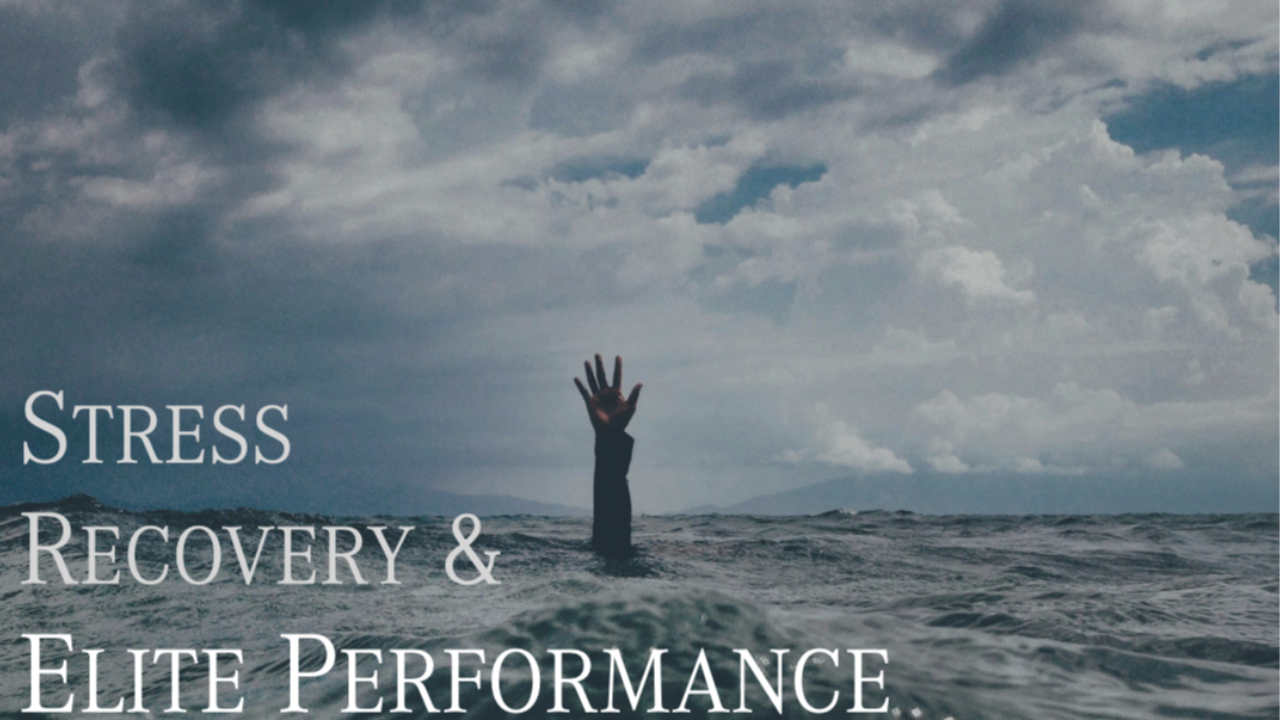Principles To Optimize Organizational Dynamics Like Elite Teams
Jul 19, 2025
Four principles learned over 25+ years working with the world's elite - Why Championship Leaders Never Lead Alone
Solving Fortune 500 isolation and succession challenges
You're surrounded by brilliant people.
Yet you're more isolated than ever.
The weight of decisions that affect thousands sits on your shoulders alone.
Working with the San Francisco 49ers or University of Michigan's football programs taught me something profound about elite leadership—the most successful coaches never operate in isolation, even when leading 100+ high performers.
The Four Leadership Blind Spots That Kill Organizations
1. The Isolation Chamber at the Top
No one truly gets it.
Board members see quarterly numbers.
Analysts dissect your moves.
But who understands the 3 AM decision about market expansion while managing investor pressure and employee morale?
Head coaches experience similar isolation despite being surrounded by staff.
The solution is never more advisors - it is in some cases reducing advisors and making sure you have the right ones, ones who’ve served in other elite organizations facing identical pressures.
2. Leading Elite Talent Through Constant Chaos
Your best people are being recruited constantly.
Market shifts demand rapid pivots.
Performance standards can't drop while everything changes around you.
Military special operations teach us something counterintuitive: elite performers thrive in uncertainty when they understand the "Commander's Intent"—the unchanging mission that guides all decisions, regardless of tactical changes.
3. Culture Death by Growth
You built something special with 50 people.
Now you're at 5,000.
The culture that created your success feels diluted, bureaucratic, lost.
You're not alone.
Kevin Plank, the CEO at Under Armor, once explained this challenge to me after I congratulated him on his rapid growth.
He described how maintaining the innovative culture that built their success became increasingly difficult as they scaled from hundreds to thousands of employees.
This scaling challenge isn't unique to business.
Teams like Liverpool FC face this exact same dilemma after championship wins.
The influx of new players, expanded staff, and increased commercial pressures all threaten to dilute the cultural foundation that delivered their success.
The answer wasn't preserving old ways—it was encoding core principles into systematic processes that scale. What is referred to as culture DNA replication.
4. The Succession Illusion
You've identified high-potential leaders.
Invested in standardized leadership education programs.
But not development programs - deep down, you know they can't handle what you handle—the pressure, the complexity, the impossible decisions.
Welsh Rugby's World Cup preparation revealed why most succession plans fail: they develop skills, not character. Elite organizations build progressions - systematic exposure to increasing levels of responsibility and scrutiny.
What Elite Organizations Actually Do
They build essentially "Leadership Ecosystems"—interconnected support systems that eliminate isolation while developing authentic succession depth.
Peer Advisory Networks: Like Navy SEAL team leaders, they maintain regular contact with other elite leaders facing identical challenges. Not networking—genuine peer support.
Uncertainty Protocols: They establish clear decision-making frameworks that maintain performance standards regardless of external chaos. Everyone knows the mission; tactics can adapt.
Systematic Culture Transfer: They identify the specific behaviors and mindsets that created success, then build training systems that replicate these across thousands of people.
Pressure Forging: They deliberately expose next-generation leaders to high-stakes scenarios with mentorship safety nets. Succession through systematic stress-testing, not just promotion.
The Elite Difference
Elite leaders don't carry everything alone. They build systems that distribute leadership load while maintaining excellence standards.
They know the greatest risk isn't external competition—it's internal leadership failure when growth outpaces leadership development.
Your competitors are building bigger teams. Champions are building deeper leadership capacity.
The question isn't whether you can handle more pressure—it's whether you're building an organization that can sustain excellence without you.





